* Life * Research * Experiments * Media < back
How Georg Fresenius researched and gain his knowledge
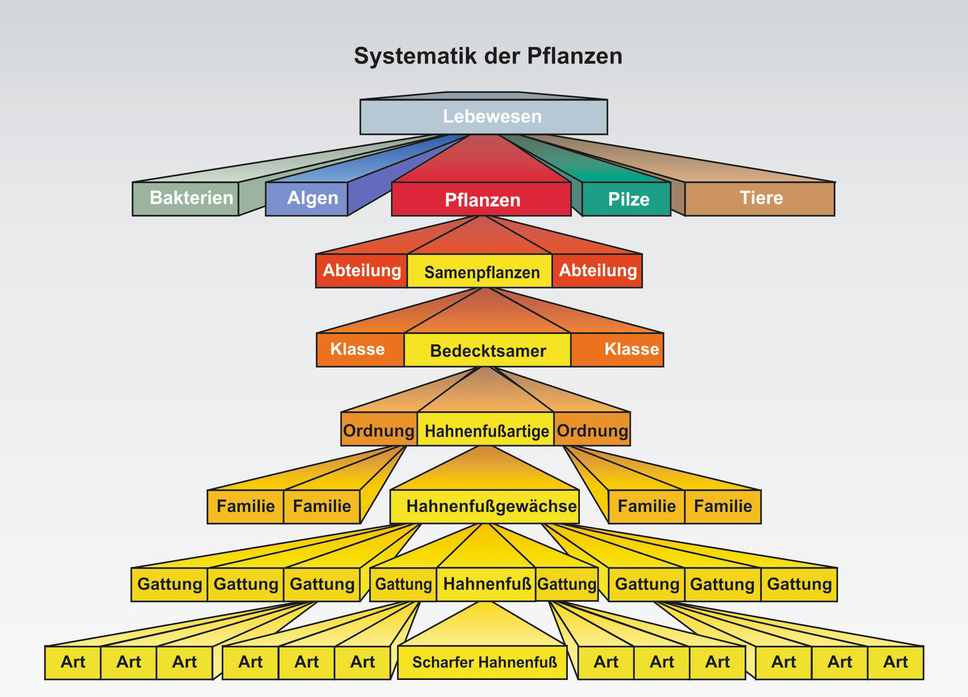 Georg Fresenius had various methods of gaining knowledge about plants, his main focus of research. He was able to examine them directly in nature, and traveled around Frankfurt looking for plants that interested him - often because they were still unknown. He would describe their location, their appearance and collect them.
Georg Fresenius had various methods of gaining knowledge about plants, his main focus of research. He was able to examine them directly in nature, and traveled around Frankfurt looking for plants that interested him - often because they were still unknown. He would describe their location, their appearance and collect them.
Then he would determine what species they belong to. In addition to their appearance, plant species are mainly determined by their ability to reproduce among themselves, as well as the method of reproduction. Each species belongs to a genus, which then belongs to a family; this family belongs to a class, which then belongs to a department and this finally to an empire. At each level the common properties become fewer and more general. This form of classification of all living things is called taxonomy (Greek for ‘order and law’).
Georg Fresenius was able to use existing collections in determining plant species, for example the “Herbarium Senckenbergianum”, which had existed since 1817. A herbarium consists of plants that have been pressed, dried and preserved.
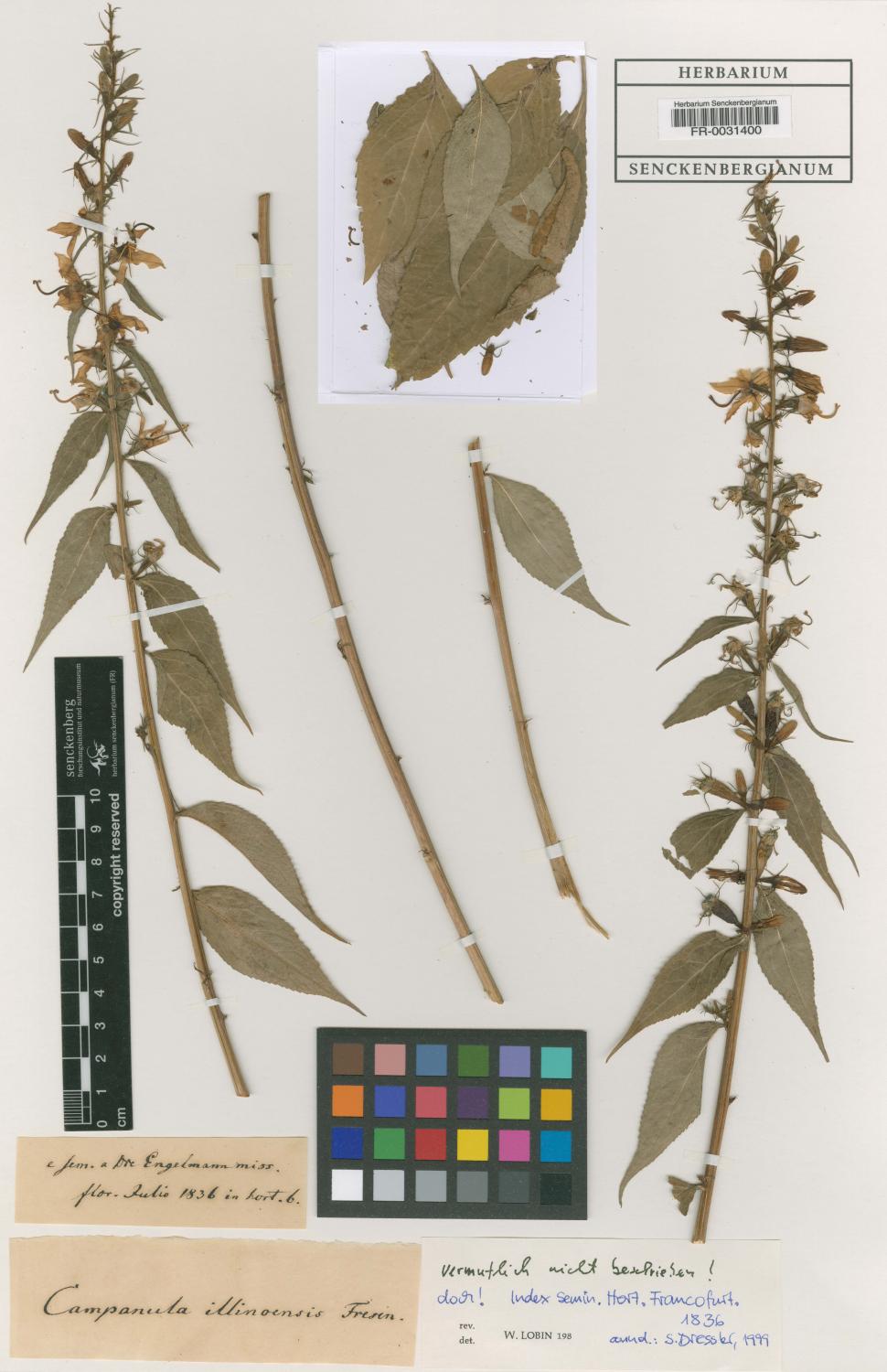
Each plant is attached to a separate sheet. Written down next to it are the collector, name of the species and genus, date, location and environment. Fresenius was able to compare his freshly collected plants with those of the herbarium and thus verify which plant species he had found. This was particularly helpful when an exact determination was difficult, or he had picked a particular plant in an environment where it would not otherwise grow - or he had discovered a completely new species, not yet described and classified.
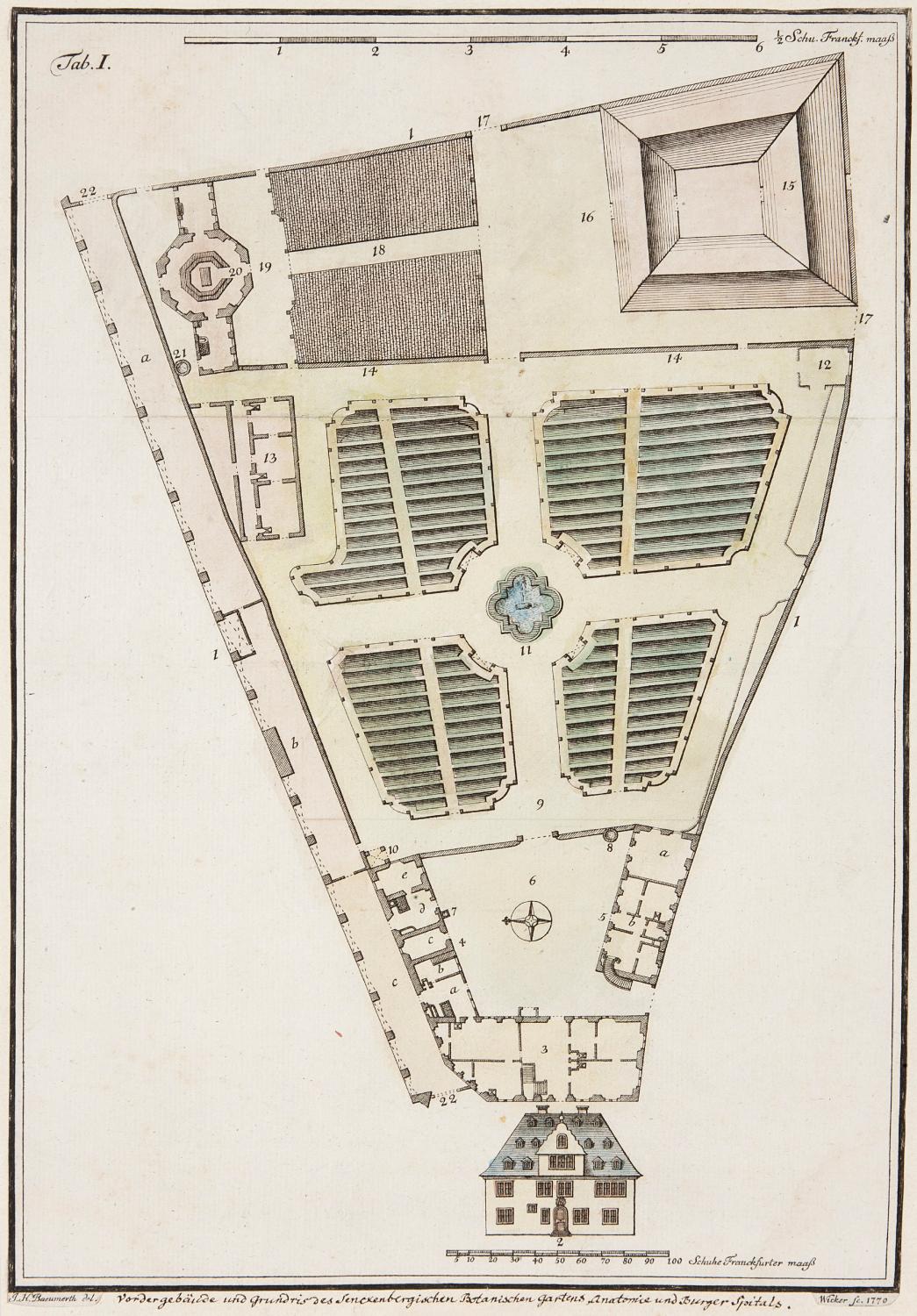
Already director of the Frankfurt Botanical Garden as a young man, a further research opportunity opened up to Georg Fresenius: He was able to study medicinal and native plants that had long been growing in the botanical gardens, for example the various types of mint, which belonged to the medicinal plants. In collaboration with other botanical gardens he also continuously expanded the inventory of plants in the Frankfurt garden.
In 1832 Fresenius began publishing seed catalogs, which contained mainly rarities and were intended for mutual exchange. But the catalog also described new species, like North American plants he had grown from seeds received from a friend who had emigrated there.
Fresenius was able to expand his knowledge of these and other exotic plants by drawing upon Eduard Rüppell's botanical collection. Rüppell had brought plants back from his first trip to Africa (Egypt and Sudan) in 1822-1827 and donated them to the Senckenberg Natural Scientists Society.
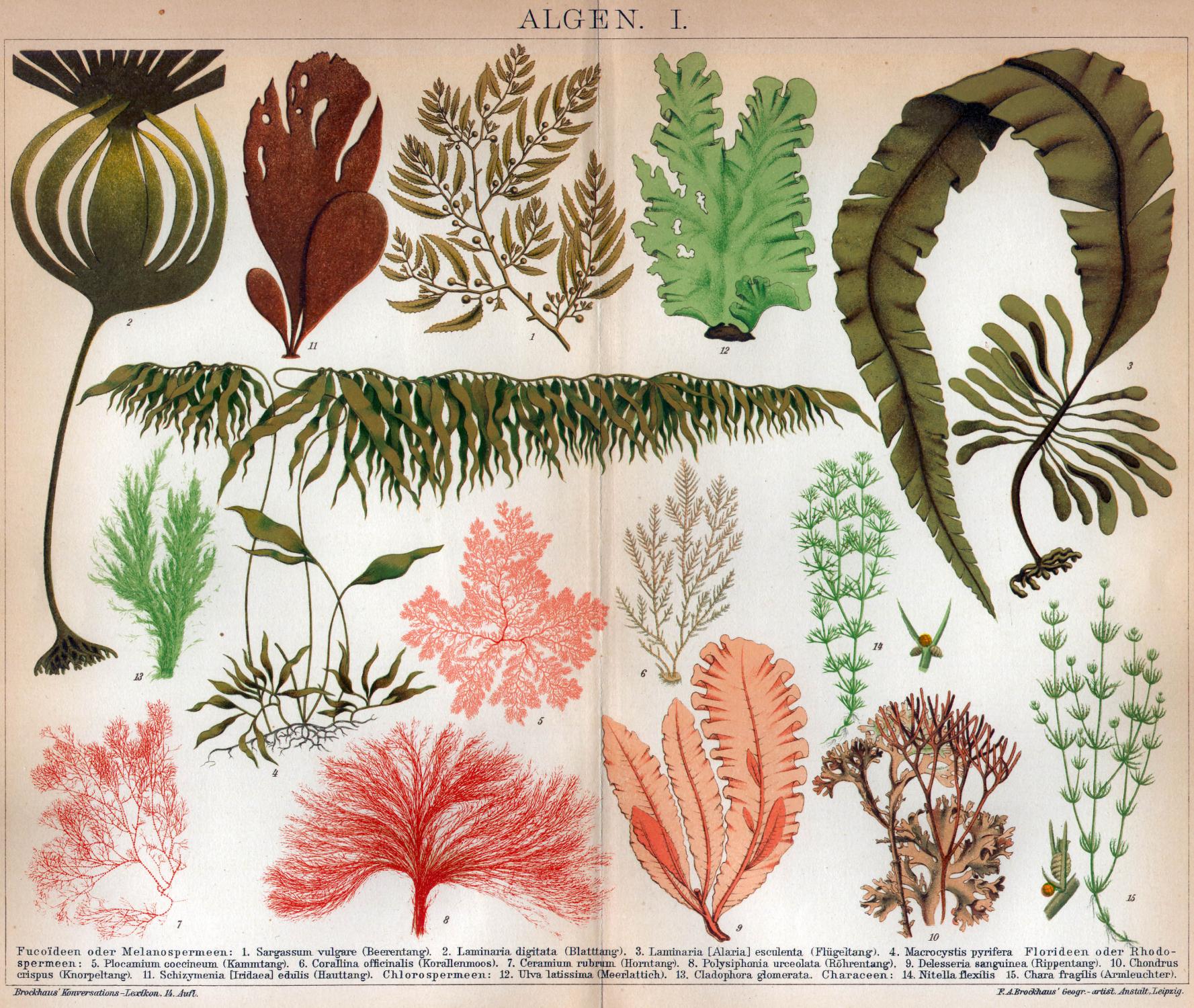
From the 1840s on, Georg Fresenius concentrated less on flowering plants and developed an
increasing interest in algae, which have an evolutionary development going back more than three billion years. Although algae are simple organisms, they are the largest producers of oxygen and thus form the basis for the development of all animal life. Fresenius had to use a microscope to magnify their structure and mechanisms. So it was only logical that he co-founded the Microscopic Association, where one could exchange experiences using this research method.
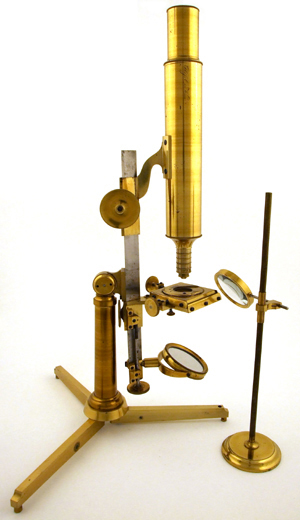
How Georg Fresenius came to his research subject
Georg Fresenius already had a general interest in plants as a teenager, but gradually his interests grew more specific. In the early years of his scientific work, his main focus was on flowering plants. The special feature of these plants is that they have stamens and fruit leaves, and form seeds to reproduce. Initially, Fresenius dealt mainly with the genus of mint plants.
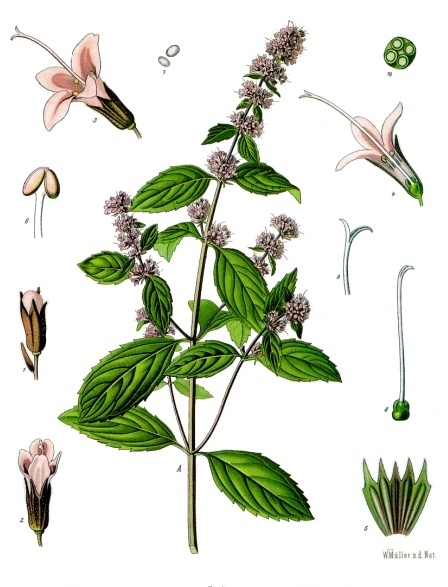 Just 19 years old, he wrote several essays on some of the mint species, such as Pulegium, Preslia and Lycopus - the Latin name of these plants. Latin is used in botany because it can be clearly assigned and exchanged with colleagues around the world. Over the years Georg Fresenius shifted his research interests and became a true algae expert, extensively studying these fascinating organisms that nobody really paid much attention to at the time. Over millions of years, the initially single-celled algae had developed into multi-cellular species with different colors, shapes and sizes. All they need to thrive are light, carbon dioxide and water, or at least moisture.
Just 19 years old, he wrote several essays on some of the mint species, such as Pulegium, Preslia and Lycopus - the Latin name of these plants. Latin is used in botany because it can be clearly assigned and exchanged with colleagues around the world. Over the years Georg Fresenius shifted his research interests and became a true algae expert, extensively studying these fascinating organisms that nobody really paid much attention to at the time. Over millions of years, the initially single-celled algae had developed into multi-cellular species with different colors, shapes and sizes. All they need to thrive are light, carbon dioxide and water, or at least moisture.
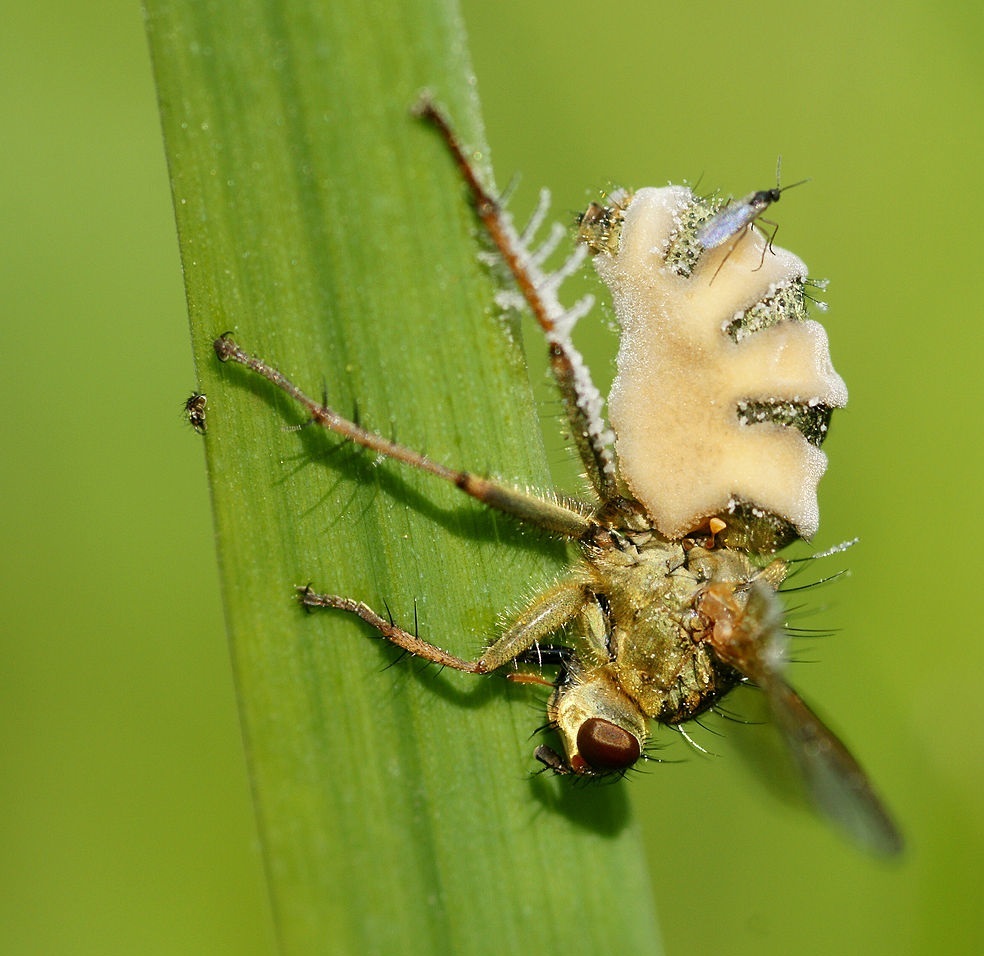
Even more numerous and significant are Fresenius’ studies of mushrooms, for example the Entomophthora, a germ that affects flies. His studies of petrified mushrooms found in brown coal from the Wetterau supplemented this focus of research. Fossils like these are at least 10,000 years old, and can often be millions of years old. It can be said that the subject of Georg Fresenius’ research led him further and further back into geological development of the Earth.
How Georg Fresenius documented his findings
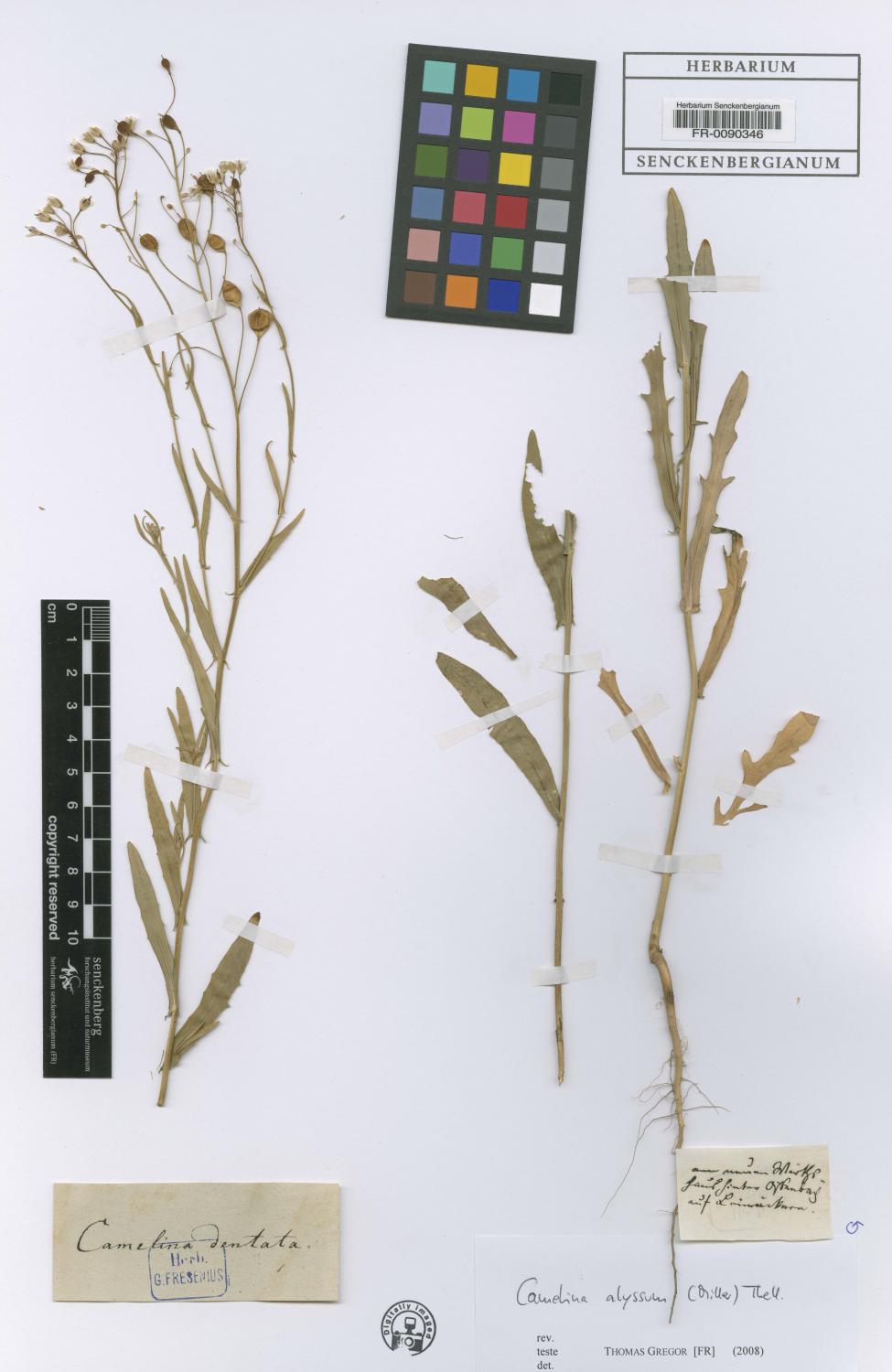
Georg Fresenius utilized various methods of recording his research results. On the one hand, he created collections of the flowering plants, algae and fungi he had researched. These herbaria are very instructive, consisting of real, preserved plants and containing all important information.
These collections can be compared with existing herbaria or freshly picked plants to gain further insights. Herbaria are also very enduring: the oldest in Europe is more than 450 years old. This means they can be re-examined by different generations of researchers with new questions and methods. Like many other scientists, Fresenius also documented his work results in books and articles for journals.
At the age of 18 he had already published his first work on mint plants in the "Flora”, in April and July 1827 - although here he was able to use the notes of his experienced colleague Johannes Becker. Further articles on this subject followed in 1828 and 1829.
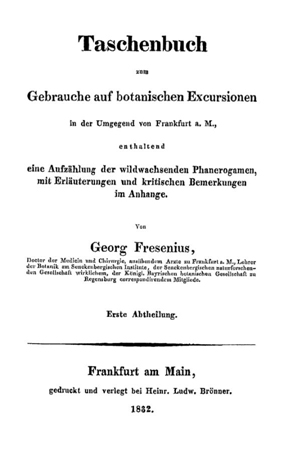
At the age of 24, Fresenius wrote the “Handbook for Use on Botanical Excursions in the Area around Frankfurt a. M.”, which was issued in two parts, in 1832 and 1833. It consisted of a description for each plant type, and a reference illustration. All plant locations were either "indicated from personal experience or communicated by reliable experts". Later he was publisher and editor of the "Treatises of the Senckenberg Natural Research Society", which appeared starting in 1854. He also reported in numerous articles on his later research on algae and fungi.
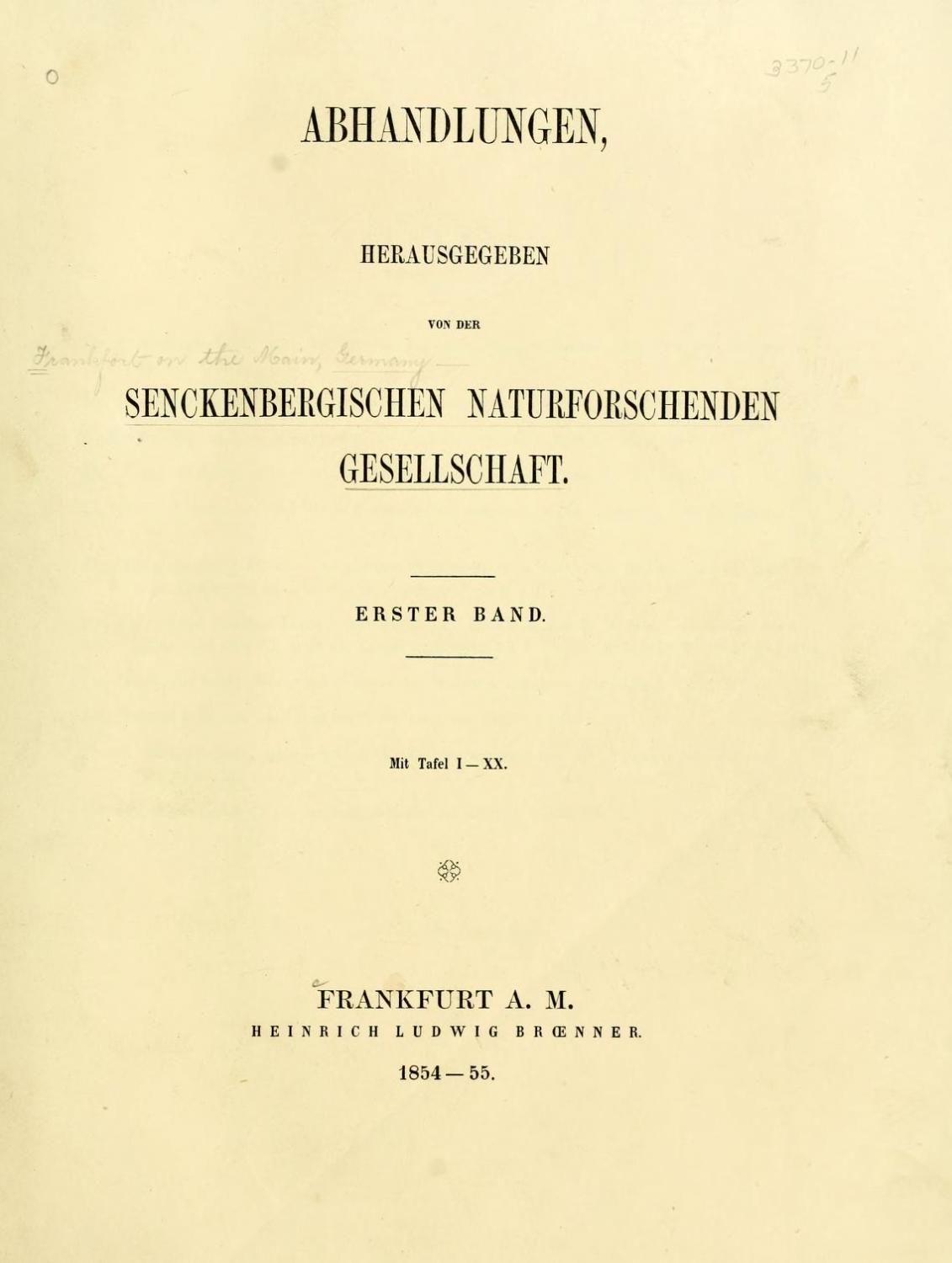
With his many publications, Fresenius not only documented his research but also became well-known to colleagues. Following his first essay at the age of 19, he was admitted to the Royal Bavarian Botanical Society in Regensburg as a "corresponding member". From September 1829 on he regularly took part in the meetings of German naturalists and doctors. Here he was able to pass on his knowledge and expand upon it through the experiences of the other scientists.
The exchange with colleagues from other botanical gardens ensured that his knowledge of plants was preserved. Fresenius also let those interested in learning participate in his research, and published a botany handbook for students who attended his lectures.
How Georg Fresenius' knowledge was advanced and the importance of his research today

Georg Fresenius’ herbarium, containing the flowering plants he collected and classified, has been preserved to the present day. His sons donated it to the Senckenberg Natural Science Society in 1876, where it still is today, part of a total of 1.2 million sheet collection. This large herbarium, the fifth largest in Germany, is of great importance for international botanical research and the exchange among scientists.
The Senckenberg Herbarium contains 7000 specimens of various algae, including the species researched by Fresenius. His findings on this group of organisms also remain of interest to the present day. They have become particularly valuable in recent years for the so-called bio-economy: Algae could well become a raw material of the future and help replace oil.
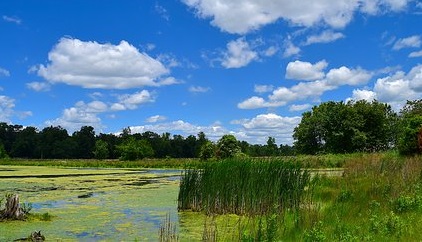
Petroleum is used in huge quantities, for example by the chemical industry for the production of plastics, pharmaceuticals, clothing or toys, as well as fuel and for heating. The combustion of petroleum is particularly problematic because it generates large amounts of carbon dioxide and is blown into the air. This gas is mainly responsible for global warming, which is dangerous for all living things on earth.
It is therefore imperative that other environmentally friendly raw materials be developed. This includes algae, which can be used as an energy source, for heat generation and as fuel. The oil of certain types of algae could replace kerosene, for example. But algae can do much more: They can be plastic substitutes or processed into cosmetics, food, clothing or medication. The fascinating thing about algae is that they don't need much to live on, just water, light and minerals. They grow quickly and constantly: up to ten million tons of algae are fished from the oceans every year. But they can also be grown on land in algae reactors, which is already happening in some places in Germany.
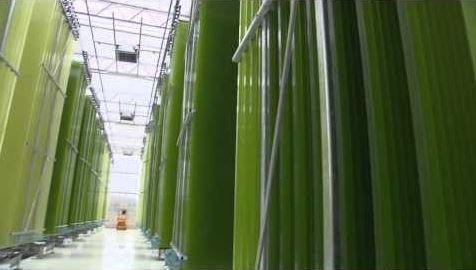
In his algae research, Georg Fresenius had certainly not yet thought of the bio-economy, which uses renewable biological sources such as plants, animals and microorganisms as raw materials. But with his special interest he laid its foundations, and thus contributed to the development of this way of economic thinking.
* Life * Research * Experiments * Media < back